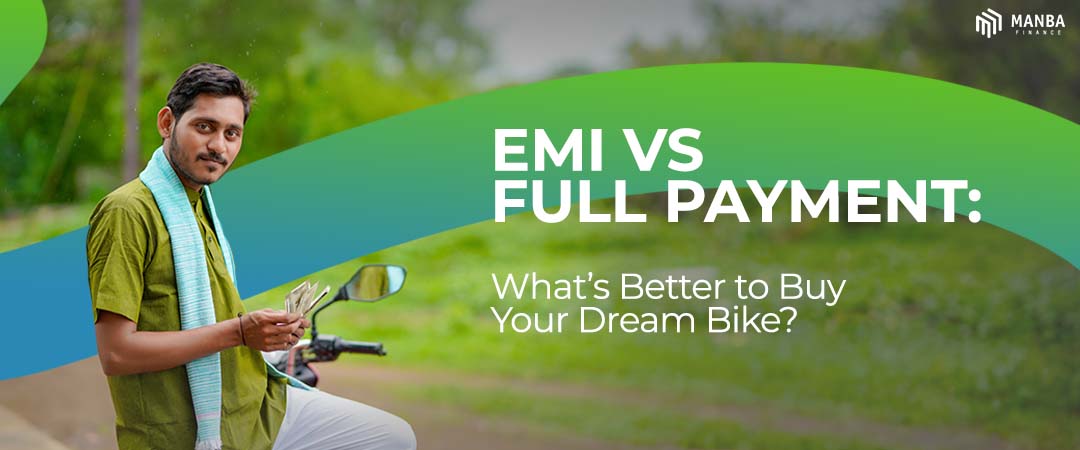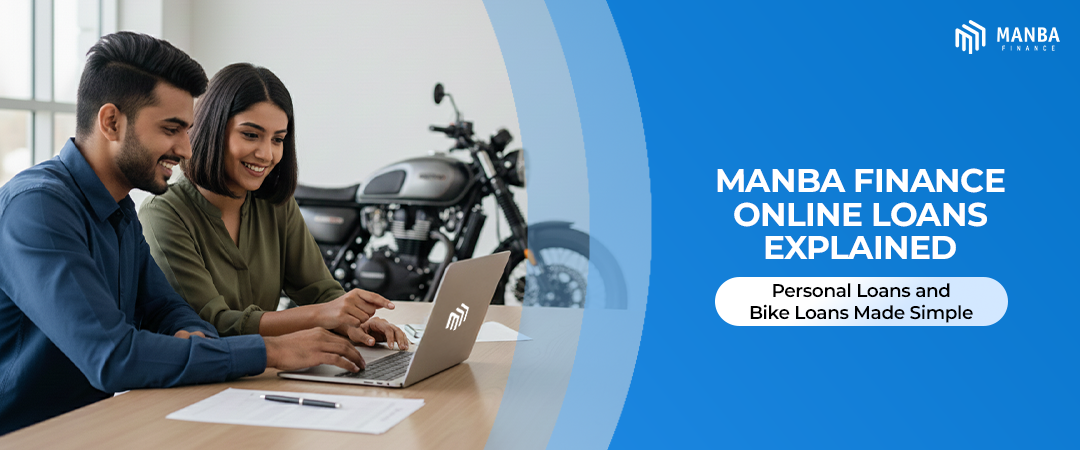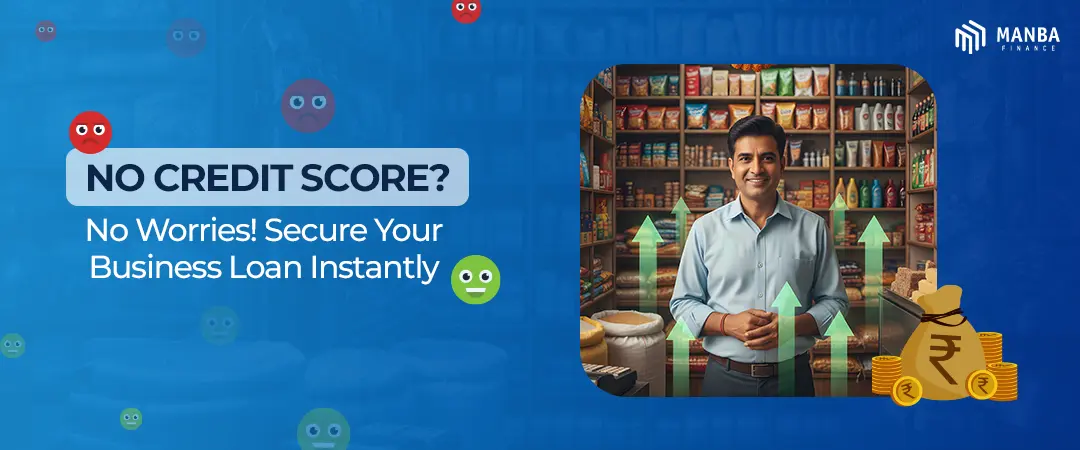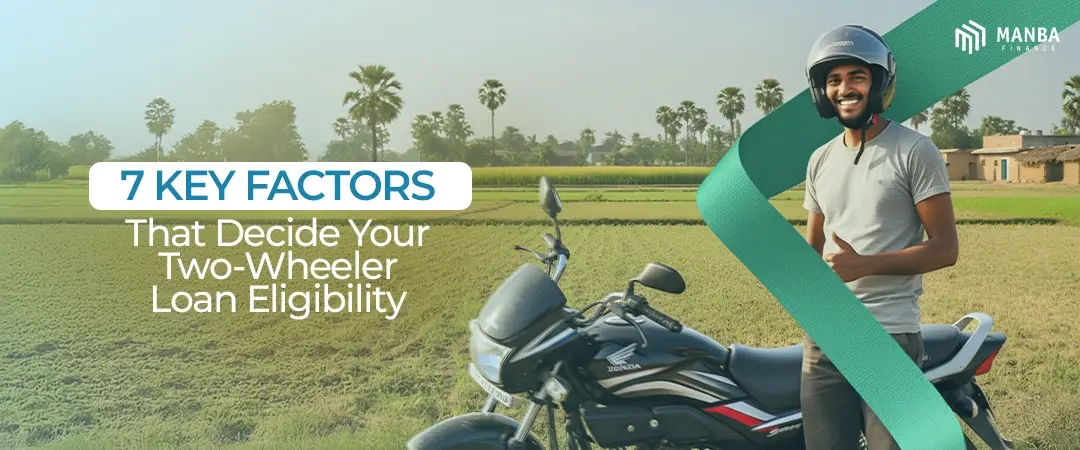There can never be anything as exciting as purchasing a dream bike. The noise of the engine, the zephyr blowing by, and the thrill of being on the road, it’s a time to remember. However, before you zoom off, there is one all-important question left – Whether you should purchase the bike on EMI or go for the cash payment?
This move can largely impact your financial well-being. In this blog, bike loan vs full payment are disassembled, giving you a guide in selecting the best option for purchasing a bike depending on your pay, lifestyle, and future objectives.
What is EMI (Equated Monthly Installment)?
EMI makes it possible for you to pay the cost of your fixed installments every month for a predetermined period. Instead of making a lump-sum payment, you pay the amount over time, in the form of a loan, plus interest.
The action of EMI on Bike Purchases
If you purchase a bike on EMI, you end up borrowing the money from the bank, NBFC, or the dealership itself. You go on to pay the loan amount in monthly installments, inclusive of interest. Terms of loans are between 6 months to 5 years.
Types of EMI Options Available
- Zero-Cost EMI: Pay only the bike price, unaccompanied by interest.
- Fixed Rate EMI: The loan amount is constant each month for the tenure.
- Flexible EMI: Vary EMI by following an income pattern (step-up or step-down).
Pros and Cons of EMI
Pros
- Makes the high-end bikes more affordable every month.
- No need to wait to make purchases.
- Helps to establish or improve the credit score.
- Easy documentation and approval process
Cons
- Interest increases the total cost.
- EMI impinges on your monthly cash flow.
- A good credit history is required for approval of loans.
Calculate your dream two-wheeler EMI with Manba Finance’s Two-Wheeler EMI Calculator
What is Loan Full Payment?
Full payment of a bike, therefore, would entail clearing the whole amount in full and not through loans or EMIs, and not even with interest.
How It Works
You pay the full price in cash, card, or bank transfer, and go home with your bike right away you owning it for one day.
Benefits of Full Payment
- No debt or EMIs
- Zero interest cost
- Quicker delivery and simplified documentation
- Usually entitled to dealer’s markdown or free accessories
Who Prefers Full Payment?
- Buyers with strong savings
- People who dislike monthly obligations
- Business people or salaried members of society who have spare money.
Advantages and Disadvantages of Full Payment
Pros
- One-time payment, no future liabilities
- Clear all the ownership from day one.
- No impact on a monthly budget
- More often, better deals and fewer documents required
Cons
- High upfront cost
- Reduces liquid savings
- This is no chance for building a credit score.
Key Factors to Consider
1. Budget and Savings
If you have really good savings and you don’t want to make monthly payments, then full payment might be something for you. However, EMI can help relieve you if you are struggling with savings.
2. Loan Interest Rates
Compare offers by banks and NBFCs. A high-interest loan may increase the total cost of bike by a lot.
3. Credit Score and Eligibility
With good credit, you get better interest rates and higher chances to be approved. A bad score might mean a denial or higher EMIs.
4. Urgency vs Financial Planning
In need of the bike now for work or commuting? EMI helps you ride today. But you may benefit more if you can put off payment and save.
5. Discounts on Full Payment
Dealers can give you an instant cash discount, free insurance, or accessories if you pay at once – an added advantage that is worth considering.
EMI vs Full Payment: Comparison Table
| Features | EMI | Full Payment |
| Upfront Cost | Low | High |
| Monthly Obligation | Yes | No |
| Interest Cost | Yes (unless zero-cost) | No |
| Ownership | After loan closure | Immediate |
| Credit Score Impact | Positive with timely EMIs | No impact |
| Suitable For | Limited savings, stable income | Strong savings, debt-free mindset |
Real-Life Example Scenarios
Young Professional (Moderate Savings)
Young Professional (Moderate Savings)
Ravi earns ₹40,000 a month and dreams of owning a bike worth ₹1.2 lakh. With ₹25,000 in savings, he chooses a zero-cost EMI plan from Manba Finance, which allows him to ride home on his dream bike without denting his emergency fund.
Small Business Owner
Sonal runs a small bakery with seasonal income spikes. She opts for a flexible EMI plan with Manba Finance, allowing her to adjust repayments based on her cash flow, making it easier to manage both her business and her bike loan.
Student or First-Time Buyer
Karan, a college student with a part-time job, wants a budget-friendly bike. With support from his parents as co-applicants, he secures a low EMI loan from Manba Finance, making his dream of commuting independently a reality, without financial strain.
Final Verdict: Which Option Is Better?
Choose EMI If:
- You don’t have enough savings for full payment
- You want to keep your savings intact for emergencies or investments.
- Your monthly income can comfortably handle EMIs.
- You’re looking to build or improve your credit score.
Choose Full Payment If:
- You have enough savings and don’t want to pay extra interest.
- You prefer debt-free ownership from day one.
- You’re getting good discounts or offers on a one-time payment.
- You don’t want long-term financial commitments.
Conclusion
After all is said and done, the best way of purchasing a bike is all subject to your financial position. Whether you are going through EMI or full payment, ensure that your decision goes well with your budget and future intentions with your lifestyle.
Need help deciding?
Manba Finance offers tailored two-wheeler loan solutions with flexible EMIs and quick approvals, so your dream bike is always within reach.




